

Damion Smy
Hyundai i30 N TCR celebrates 10 years of ‘N’ with Gran Turismo 7 debut
12 Minutes Ago
Volkswagen is accelerating the rollout of digital retail, with trade-ins and finance included. Here's a Q&A with the program's head, Jason Bradshaw, in which we seek to understand the rationale

Senior Contributor
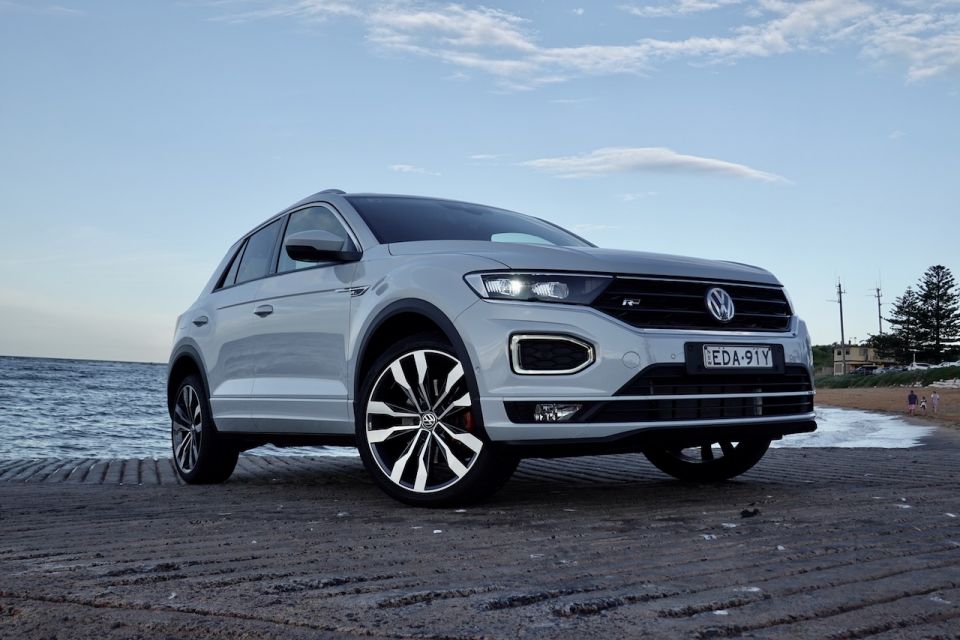

Senior Contributor
Car manufacturers are pivoting to sell their cars online faster than intended due to COVID-19 restrictions, and Volkswagen Australia is rolling out virtual showrooms more obviously than most.
Indeed, its Australian division has made advances into online retail beyond any other global Volkswagen division – or so it claims.
The brand’s website lets you price-up a car, find dealer stock, and receive an estimated trade-in value on your old car, pending a final in-the-metal check by the dealer. Soon you’ll also be able to seek finance approval, and so long as the dealer is willing, even take delivery at home.
More interestingly, Volkswagen is also offering specific deals for online-purchases-only, on models like the Polo GTI, T-Roc, T-Cross, and the slow-selling Passat.
As part of this week’s Click Frenzy, it claims more than 100,000 people visited this special deals section.
Naturally this opens up a number of questions. What proportion of its customers will want to buy online? What kind of customers are they? Do its franchise dealers have concerns that it’ll cut their lunch? If it wasn’t for COVID, would VW have been doing this?
Given the company has achieved below-average ratings in various (though not unanimous) customer satisfaction surveys from the likes of JD Power, its move to a more advanced digital sales model than its rivals no doubt holds some extra appeal internally.
With all this in mind, we talked to Volkswagen Australia’s chief customer and marketing officer Jason Bradshaw, who’s in charge of the company’s push into online retail. Here’s our chat, which was aimed at answering questions we thought car buyers might have.
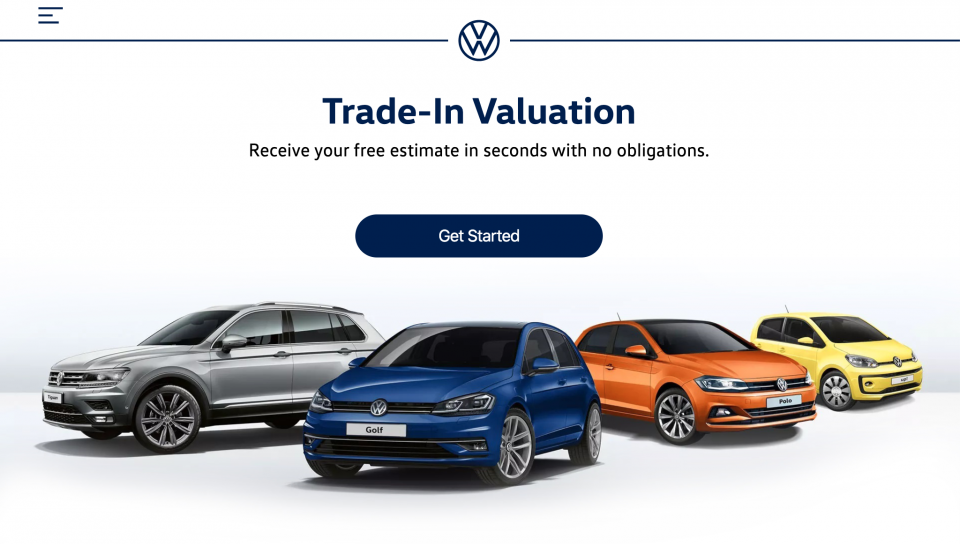
JB: If we’re going to live up to that notion of being the ‘people’s car’ then we have to be the easiest for customers to be able to own and purchase. Providing more convenient options for customers to be able to configure and order their vehicle, just makes sense.
We certainly believe that our dealer partners are a crucial part of our brand DNA, but this allows the customer from the comfort of their own home to choose their vehicle, configure it, or buy one out of stock, and then have the dealer complete the process.
Taking away some of some friction points that perhaps some customers want to avoid in the purchasing process. Be convenient.
JB: There’s lots of research out there that says that some customers just don’t enjoy going into an auto dealership. And our dealer partners invest a lot of time, as we do, in trying to make that experience the best possible.
But if a customer doesn’t feel like that’s where they want to be, let’s give them an alternative.
And also just from a convenience point-of-view, I think we can’t underestimate the power of convenience. If you’re a busy mum or dad and work full-time or are a full-time parent, getting to the dealership might just not be as easy as everyone thinks it is.
If you can sit in your lounge at night and decide what car you would like and place the order, that makes it easier for you and more convenient.
And many of our dealers, in response to this, are offering new delivery models for customers. So the customer can, if they choose, do the entire transaction from the comfort of their home.
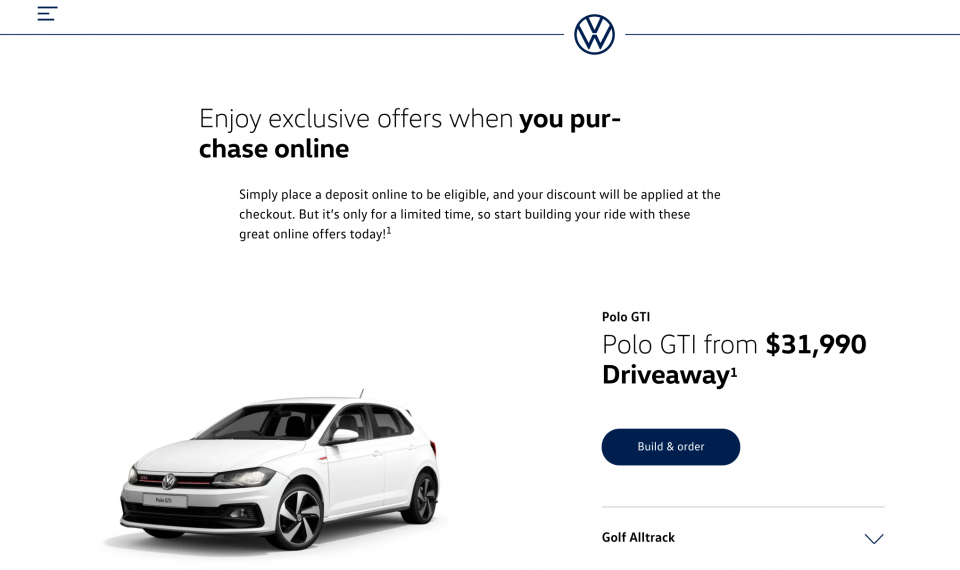
JB: Look, it was always on our agenda to roll these activities out this year. COVID-19 did accelerate that pathway. No doubt about it.
But it wasn’t… The reason we were able to move quickly was because it was already in the plan. We didn’t have to start from scratch and imagine what the future would look like.
We were already working in the background on it and we just pivoted some of our work to be more customer-facing. So we have a range of digital tools that we’re rolling out to support our dealers be more efficient.
And I guess what COVID-19 made us do was pause some of that work and pivot to the customer-facing stuff straight away. And that was the right choice, the right decision to make.
Myself being someone that is used to being out of the office and traveling a lot found myself, as many Australians did, confined to their four walls. And we wanted to make sure that didn’t mean that customers had to put their dreams of a new car on hold.
JB: We’re the first to deploy this technology globally… So some of our colleagues certainly have the ability overseas to configure or reserve a car online. But the feedback that we’ve got is certainly that this is leading for the Volkswagen brand.
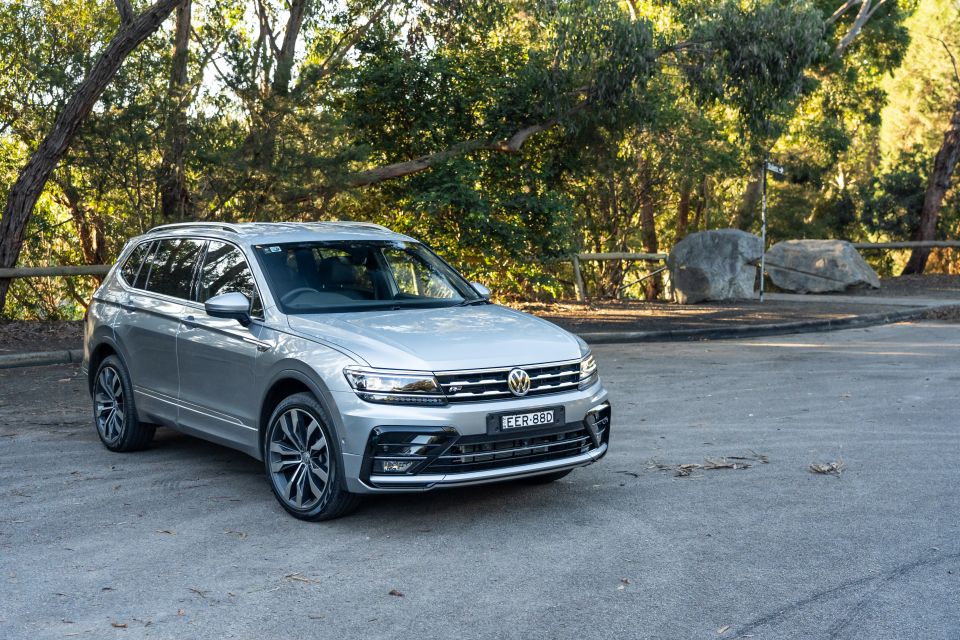
JB: Certainly, I had some colleagues from some of our other markets reach out who wanted to be able to move quickly.
And I can’t stress enough that the work of our team and our partners in making this happen was because it was always part of our plan. We weren’t starting from a blank slate.
Every year as chief customer officer, I see hundreds of thousands of pieces of data from customers around what they do like and don’t like around the Volkswagen brand, but more broadly, the automotive sector in Australia. And so we’ve constantly been looking at ways to innovate.
… Later this month, we’ll have going live on our website the ability for customers to be able to apply for and get approved for finance, online. Again, it’s about creating that convenience.
And from a personal point of view, trying to find all the various paperwork that you need to supply for the finance application, it’s easier if you can do it at home with everything in front or around you, right?
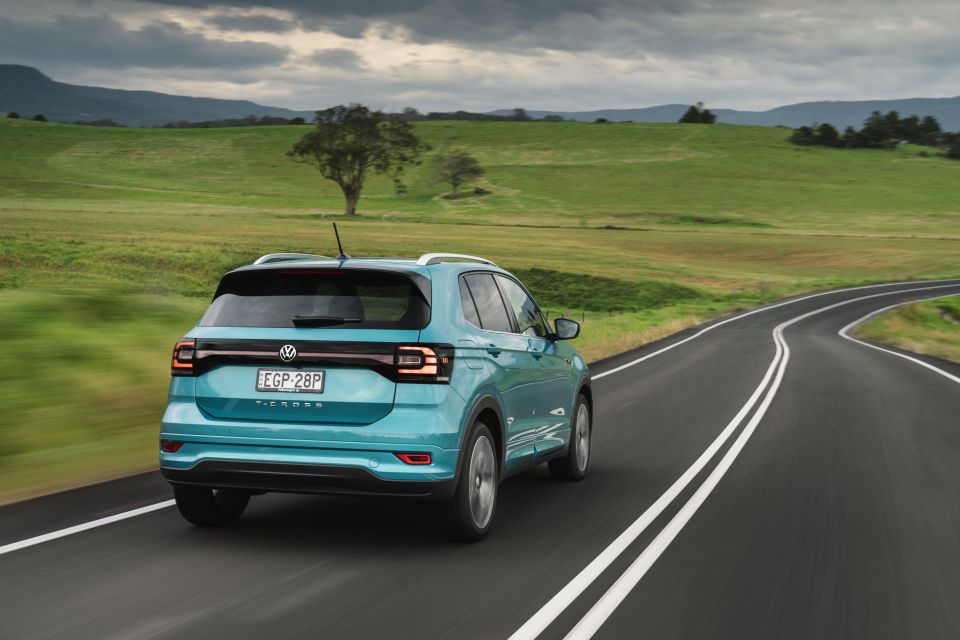
JB: In our original forecast for the trading evaluation tool, we figured that about 5000 people a year would complete a trade-in evaluation [as part of buying a new vehicle]. Based on six weeks of data, our prediction was under baked.
In the last six weeks 1300 people have completed a trade-in valuation online. And the valuation is powered by RedBook, so it’s data-driven. There’s lots of data that supports the calculations that go into it. And it’s a complete solution.
So not only does it help the customer get some certainty around the range they’re looking at for the trade-in of their vehicle, and therefore what perhaps they can afford to move into, it also has some backend tools to help our dealers make the whole evaluation process for trading faster and smoother for the customer.
So that entire experience is more connected and ultimately less disjointed than perhaps in the past.
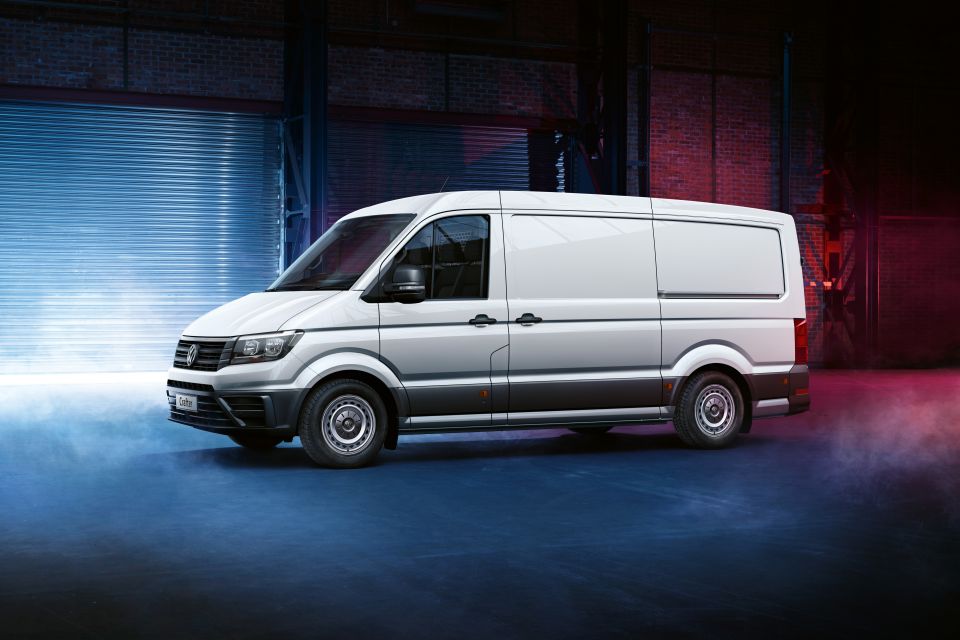
JB: It’s a little bit early for us to have those insights as you’d appreciate. Many of our customers place an order today and take delivery at a later time. It’s certainly a stat that I’m anxious to see.
For me, the trend that we’ve been able to manage to buck… is during a period of decline in the industry, we’ve been able to increase the number of people that are in contact with our dealers.
That’s 1300 people who previously would have come to our website, thought about buying a car, and then moved on and potentially landed in one of our dealers or gone to another site. Now they can do everything on our site. They don’t have to go to a third-party site to get an evaluation of their vehicle that they’re looking into trade-in.
They can see all the available stock that’s available in our network. So if they really want a Golf R today, they can see the dealer that has the Golf R in the color that they want, place the order, secure it online. And they don’t have to go to another site to do any of that.
So that is what I think is brilliant about what we’ve done, and I don’t want to give myself kudos, but it really is about supporting our dealer partners here. And I use that word ‘partner’ quite often because it’s a genuine partnership between us and our dealers.
This online platform is absolutely anchored in that dealer experience, delivering that end product to the customer, making sure that the customer ultimately gets the results they’re looking for. And any way that we can help to bring the brand and the customer together with the dealer is a great thing. And that’s what we’ve been able to do.
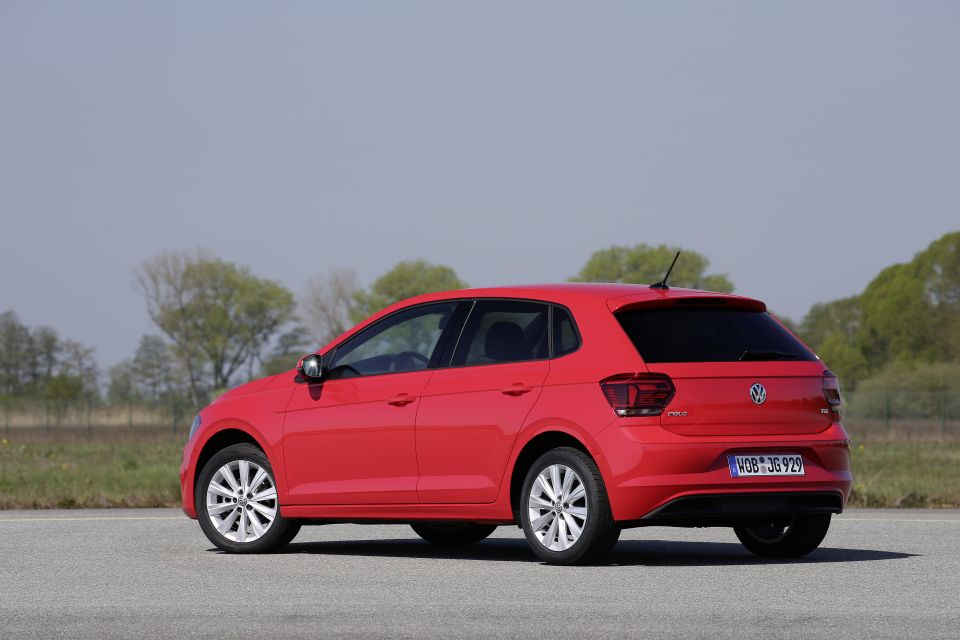
JB: When I say partners, it’s a two-way street. And we enjoy some great trust from our dealers. And of course there’s always questions around just ‘how it is going to work and what do I need to do differently in my systems?’ But you would expect those questions.
I think key to the success is that our dealers can see that we are taking this as a partnership approach. We’re not trying to cut them out from the process.
You could… There is, in theory, no reason why you couldn’t place an order, pay the full amount online, and for us to arrange for a car carrier to drop the car at your house. We don’t want to do that. That’s not the experience. That’s not a people’s experience. That’s not an experience that you’re going to talk about in a positive light.
So to deliver the level of experience that we believe Volkswagen owners deserve, it absolutely relies on our dealer partners. And because we have that approach, they trust that what we’re doing is to support that approach.
And so their questions have been, ‘how can we make sure we maximise this together?’ ‘How can we make this the best experience for customers?’ And that’s why in each of our dealerships there’s been a slightly different execution.
So in some dealerships they’re dropping the car at the person’s home as part of the delivery process because the customer wants. I think that’s what’s the power of our approach between the digital and the so-called bricks-and-mortar is, it’s not either/or.

JB: If I look at the sales that we’ve generated online, so far, it’s Tiguan and Polo that have been the two leading models.
The T-Cross just went on sale just recently. And we’ve had customers buy the T-Cross online as well. And other than a great drive-away price, there’s no additional activity around the T-Cross.
And that’s one of the questions that we’re trying to understand at the moment. Is a so-called digital native, so someone born from the ‘80s onwards, more likely to be transacting online and be more comfortable with that? Or is it a wider audience that we’re looking at? And the data doesn’t give us any clear indication there.
There’s lots of research that says digital natives obviously prefer to shop online. But… there’s no demographic that’s standing out at this stage. I do think that over time we’ll see them. It will be a younger demographic using that online shopping tool, I agree.
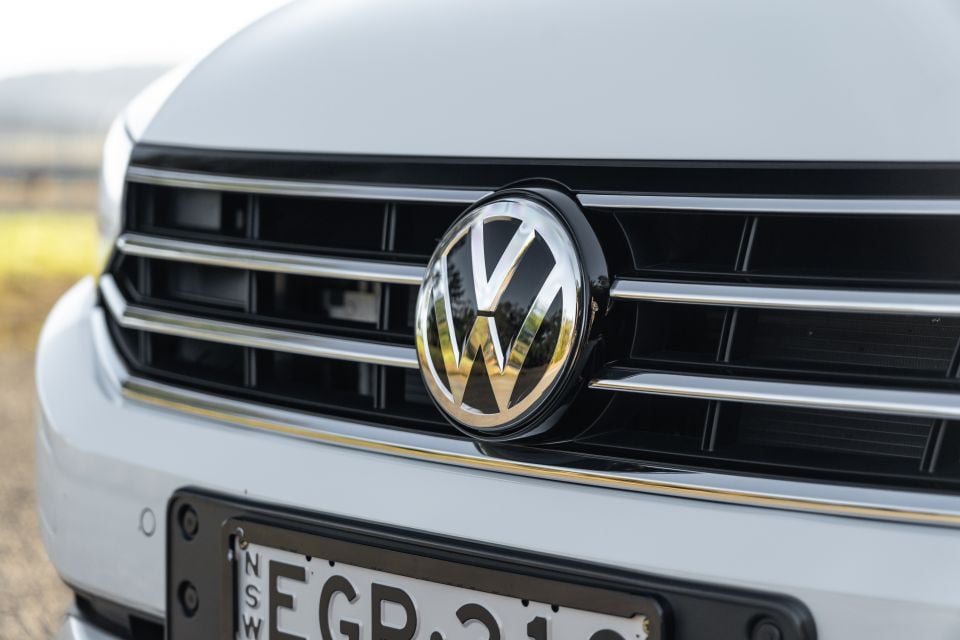
JB: No, there’s not enough data to cause any correlation there, but it’d be an interesting one to look out for I think…Certainly when I look at the trading data it’s almost 50:50.
JB: So, there’s always freedom. There’s nothing stopping the customer from asking for something. But what we are seeing, is that is not the lived experience.
But that value and especially with those online offers, they are above and beyond what you would reasonably expect to receive in a dealership.
And I think what we’re seeing is there’s absolute transparency. ‘Here is the price. Here, if you’ve done a trading evaluation, here is the range that you’re going to get for your car’. Obviously we have to inspect the vehicle and things like that. But because we’ve got that transparency, customers are absolutely comfortable with the value exchange that they’re getting.
On a side note, we’d love to know if you’d be comfortable buying a car online. If so, why? And if not, why not? Jump into the comments section below and tell us your thoughts.
Where expert car reviews meet expert car buying – CarExpert gives you trusted advice, personalised service and real savings on your next new car.


Damion Smy
12 Minutes Ago
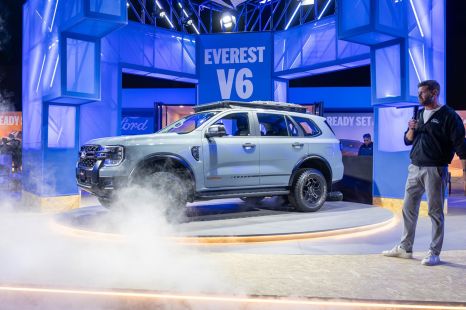

Damion Smy
3 Hours Ago


CarExpert.com.au
4 Hours Ago


Ben Zachariah
6 Hours Ago
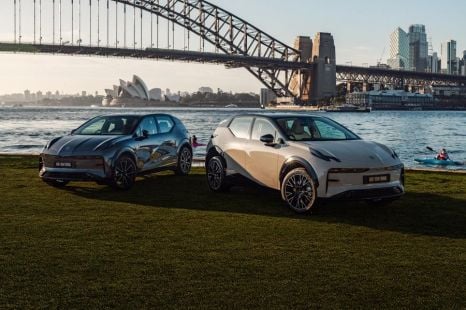

Max Davies
6 Hours Ago


Derek Fung
7 Hours Ago